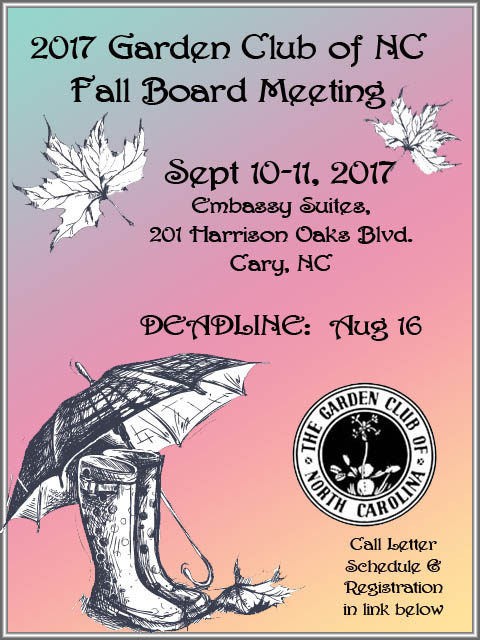Clemson University Extension Consumer Horticulture
HGIC 1014
The Live Oak
The live oak
(Quercus virginiana) is the principal evergreen oak in South Carolina. Although it is adapted to all of South Carolina, it favors conditions along the coast, where it grows wild. The full development of the live oak in South Carolina can be expected only within the warm, humid environment of its natural range. It tolerates cold extremes up through the Piedmont (not the mountains), but will grow more slowly and may suffer from ice storm damage.
Mature Height/Spread
Live oak is rounded and wide spreading, growing 40 to 80 feet tall and 60 to 100 feet wide. In the forest it stands erect, growing 100 feet tall, but in open landscapes the sprawling horizontal branches arch to the ground and form a broad, rounded canopy.
Growth Rate
This tree grows moderately fast in youth, producing 2 to 2½ feet of growth per year if properly located and maintained. Trees grown outside the coastal region will grow more slowly. The growth rate also slows with age. One of the longest-lived oaks, it may live 200 to 300 years.
Ornamental Features
The live oak is probably best known for its massive horizontal limbs that give old trees their majestic character. The trunk can grow to more than six feet in diameter. The leaves remain intact through the winter, then yellow and drop in spring as new leaves expand. Trees growing further inland, however, become semi-evergreen, losing some leaves in fall and winter. The waxy leaves are resistant to salt spray.
 |
Live oak (Quercus virginiana) leaves and acorns.
Lindsay Caesar, Horticulture Department, Clemson University. |
The small (1 inch) acorns are dark brown to black when ripe, and are primary food for many wildlife species along the coast. They are produced in clusters of one to five.
Problems
Live oak is susceptible to leaf blister, a fungal gall that disfigures leaves but does no appreciable harm. Several insect galls are also found on live oak. No control is available. Oak wilt is a serious fungal disease that can kill infected trees within a year or two of infection. This disease occurs in only six counties in South Carolina: Chesterfield, Kershaw, Lancaster, Lee, Darlington and Barnwell. For more information on problems of oak, refer to the fact sheet
HGIC 2006, Oak Diseases & Insect Pests.
When grown in the South Carolina Piedmont, outside of their natural range, live oaks may be injured or killed by cold temperatures or ice storms. For this region, select cold-tolerant cultivars or seed-propagated live oaks with proven cold hardiness.
Landscape Use
Live oaks are reminiscent of the Old South, especially when planted along avenues or drives leading to old plantations. Although used extensively for street tree plantings, in time the roots will lift sidewalks or streets if planted too close. It will do well as a lawn specimen provided it is given plenty of space.
Although it responds best to plentiful moisture in well-drained, sandy soils, it tolerates drier, more compacted sites. Once established, it is drought-resistant. It prefers sun but tolerates more shade than other oaks because its leaves function throughout winter.
Pruning is only necessary to develop a strong branch structure early in the life of the tree. It should be trained with a central leader. Eliminate young multiple trunks and branches. Prune in mid-to late summer to avoid oak wilt disease.
Cultivars & Varieties
- Highrise® - This was the first patented cultivar of live oak. It was discovered as a seedling growing in Orangeburg, SC. It has a uniform, upright pyramidal growth habit with a mature height and spread of 30 to 40 feet and 12 to 18 feet, respectively.
- Cathedral Oak™ - This cultivar has a pyramidal canopy when young that becomes broad to ovoid as it matures. It is expected to have a mature height and spread of 40 to 80 feet and 60 to 120 feet, respectively.
- Millennium Oak® - This cultivar has the traditional, picturesque growth of live oak and has a predictable growth rate and habit. Expect a mature height of 50 to 75 feet and a spread of 60 to 100 feet.
Revised by Bob Polomski, Extension Consumer Horticulturist, Clemson University, 02/14. Originally prepared by Debbie Shaughnessy, HGIC Information Specialist, and Bob Polomski, Extension Consumer Horticulturist, Clemson University. New 05/99; Images added 11/06 & 12/15.
Printer Friendly Version (PDF)








